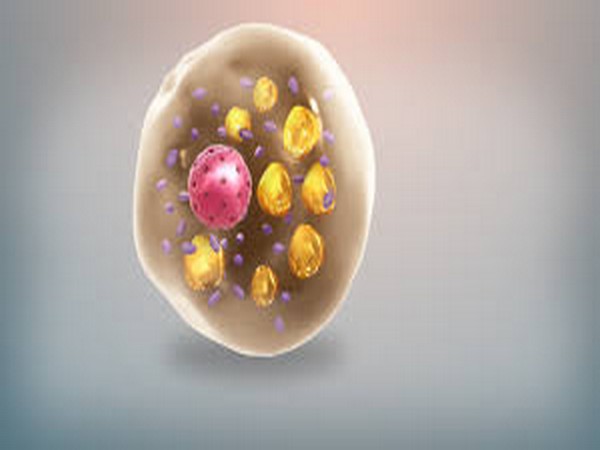Study reveals unexpected way by which brown fat cells can burn energy
In a breakthrough study, researchers have discovered an unexpected biological by which brown fat cells can translate energy into heat. It is known that when our body is exposed to cold or exercise, small clusters of brown fat cells in our bodies begin to burn up energy.

- Country:
- United States
In a breakthrough study, researchers have discovered an unexpected biological by which brown fat cells can translate energy into heat. It is known that when our body is exposed to cold or exercise, small clusters of brown fat cells in our bodies begin to burn up energy. Since 2009, when researchers at Joslin Diabetes Center and other institutions discovered that this helpful form of fat can be active in adults, scientists have sought to turn up the heat from these cells to treat obesity, diabetes, and other metabolic conditions.
The new study was led by researchers in the lab of Joslin's Yu-Hua Tseng, PhD, a Senior Investigator in the Section on Integrative Physiology and Metabolism. According to Farnaz Shamsi, a postdoctoral associate in the Tseng lab and lead author of a paper describing the findings in Nature Communications, the new experiment conducted in mice showed that activating this pathway in precursors of brown or white fat cells boosts the heat-generating capacity of these cells without pushing the cells to accumulate fat.
The research began with a protein called UCP1 that is located on mitochondria, the cell's powerhouses. UCP1 is known to be a crucial component in activating brown fat cells, explained Tseng, who is also an Associate Professor of Medicine at Harvard Medical School. Her team screened more than 5,000 mammalian proteins to identify factors that heightened UCP1 production in brown fat precursor cells. The screen identified two proteins called FGF6 and FGF9, members of the "fibroblast growth factor" family of proteins that can help to regulate diverse biological processes including cell development and growth.
Next, the investigators tried increasing the levels of the two proteins and thus increasing UCP1 production, in immature mouse brown fat cells. The scientists expected that these cells would start to accumulate fats and other lipids, and to develop into mature brown fat cells -- but surprisingly, that didn't happen. When the Joslin scientists went on to analyse samples of human fat tissues, they also recognised this pathway at work. Among their results, levels of FGF9 and FGFR3 (the receptor protein that FGF9 and FGF6 both activate) were associated with higher levels of UCP1 in human brown and white fat.
More strikingly, the expression of FGFR3 in human white fat negatively correlated with the person's body mass index (a measure of obesity) and insulin resistance (a condition that can drive Type 2 diabetes). "This suggests that if we can activate this pathway, we potentially can benefit people with obesity, diabetes and related metabolic diseases," said Tseng. (ANI)
(This story has not been edited by Devdiscourse staff and is auto-generated from a syndicated feed.)
- READ MORE ON:
- Harvard Medical School










